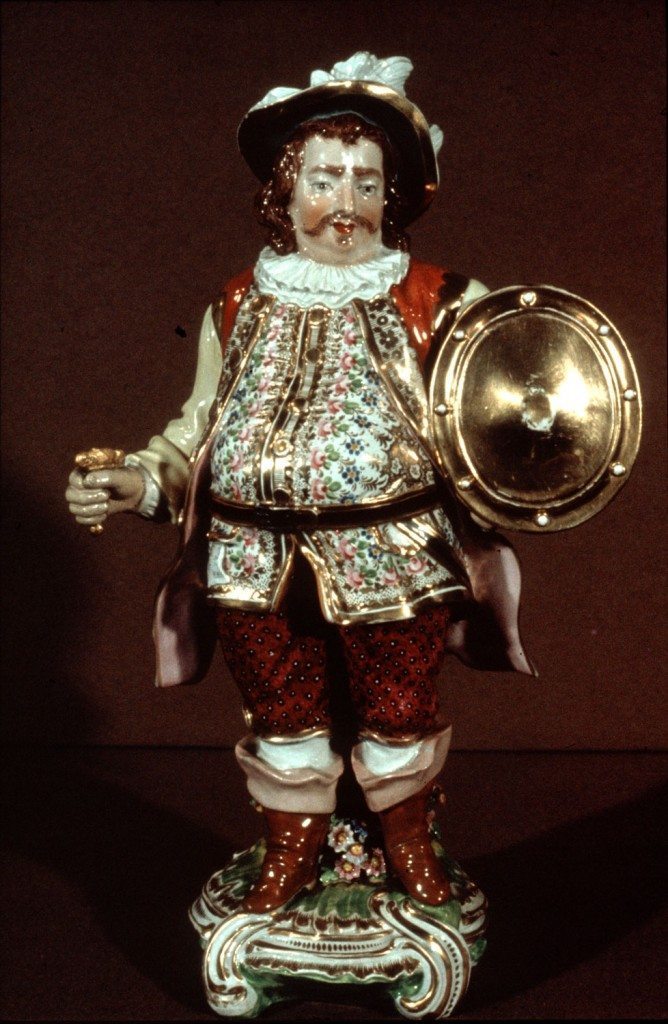James Quin as Falstaff, c. 1825
Images of popular actors were always in great demand, and were reproduced in various techniques, such as engravings, enamels and porcelain figures.
James Quin (1693-1766) was the last great actor of the declamatory school. From 1718 onwards he appeared at Lincoln’s Inn Fields’ theatre, Drury Lane and Covent Garden in a wide range of Shakespearian roles. Quin’s Falstaff was considered as the best of his time. The figure was first modelled at the Bow factory in 1749. The original source of the figure was supposed to be a mezzotint by McArdell. The influence of an accomplished Rococo style is seen in the finely curved base and rich painting and gilding. The figure was later re-modelled and re-issued several times, and this one is a later adaptation of the first Derby model.
Image from: Derby Museum and Art Gallery
« Previous in this sectionNext in this section »Continue browsing this section
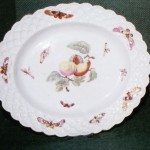 Derby Porcelain in the 18th and early 19th centuries
Derby Porcelain in the 18th and early 19th centuries
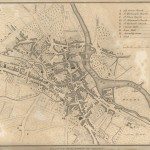 Derby Porcelain: André Planche and William Duesbury
Derby Porcelain: André Planche and William Duesbury
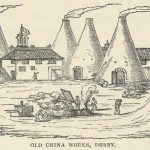 Derby Porcelain: William Duesbury II and Robert Bloor
Derby Porcelain: William Duesbury II and Robert Bloor
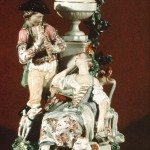 Pastoral Group, c.1770
Pastoral Group, c.1770
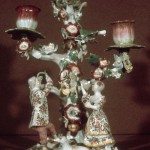 Candelabrum, c. 1755-60
Candelabrum, c. 1755-60
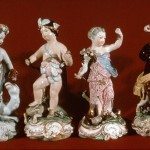 The Four Quarters (Continents), c.1775
The Four Quarters (Continents), c.1775
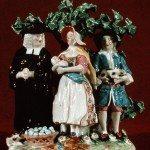 Tithe Pig Group, c.1765-70
Tithe Pig Group, c.1765-70
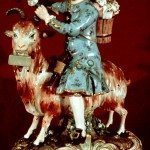 The “Welsh” Tailor, c.1770
The “Welsh” Tailor, c.1770
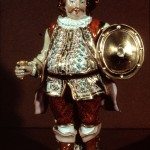 James Quin as Falstaff, c. 1825
James Quin as Falstaff, c. 1825
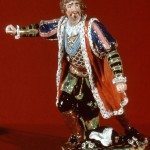 Edmund Kean as Richard III, c.1815
Edmund Kean as Richard III, c.1815
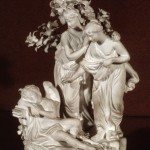 Virgins Awakening Cupid, c.1780
Virgins Awakening Cupid, c.1780
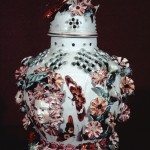 Frill Vase and Cover, c.1760
Frill Vase and Cover, c.1760
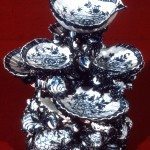 Blue & White Table Centre in two parts, c.1760
Blue & White Table Centre in two parts, c.1760
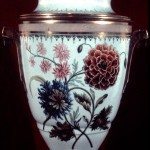 Ice Pail, c.1796-1800
Ice Pail, c.1796-1800
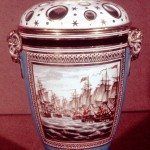 Pot-Pourri, c.1800-1810
Pot-Pourri, c.1800-1810
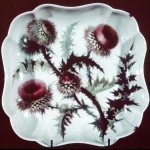 William Pegg’s Thistle Dish, c.1800
William Pegg’s Thistle Dish, c.1800
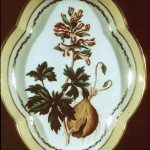 Dish, c.1800
Dish, c.1800
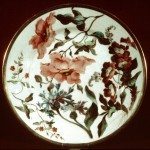 Dessert Plate, c.1813-1820
Dessert Plate, c.1813-1820
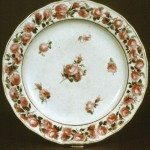 William Billingsley’s Prentice Plate, 1790-1795
William Billingsley’s Prentice Plate, 1790-1795
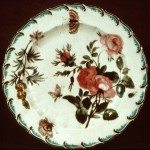 Dessert Dish, c.1790
Dessert Dish, c.1790
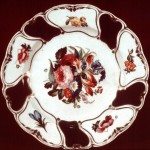 A Dessert Plate from the Trotter Service, c.1825
A Dessert Plate from the Trotter Service, c.1825
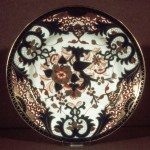 Dessert Plate (Imari)
Dessert Plate (Imari)
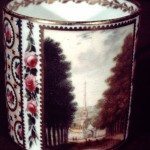 Coffee Can, c.1793-4
Coffee Can, c.1793-4
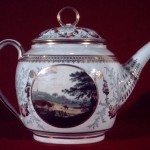 Teapot, c.1795
Teapot, c.1795
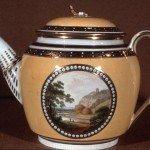 Teapot, c.1795
Teapot, c.1795
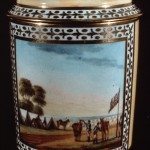 Chocolate Mug with Cover, c.1800
Chocolate Mug with Cover, c.1800



